PROTECT YOUR DNA WITH QUANTUM TECHNOLOGY
Orgo-Life the new way to the future Advertising by AdpathwayU.S. President Donald Trump and Chinese President Xi Jinping held their first summit of Trump’s current term – and their first in-person meeting in six years – in South Korea on October 30. According to Trump, the meeting was a smash hit. “On a scale from 1 to 10, with 10 being the best, I would say the meeting was a 12,” he told reporters before departing South Korea.
Xi, predictably, was less effusive, but also struck a positive tone, telling Trump that “under our joint guidance, China-U.S. relations have remained stable on the whole.” He added that “it is normal for the two leading economies of the world to have frictions now and then,” seeming to handwave away the mounting tensions that have followed Trump’s “Liberation Day” tariff announcement in April.
The Trump-Xi meeting served to formally approve the result of discussions between trade negotiators in Kuala Lumpur, Malaysia. The United States committed to lower tariffs on Chinese goods from 57 percent to 47 percent in exchange for China’s pledge to step up cooperation on outflows of fentanyl. China agreed to pause its latest restrictions on processed rare earth exports for a year, while the United States will also pause the expansion of its export control list as well as an Section 301 investigation into China’s shipbuilding sector. Finally, China committed to increase purchases of soybeans, sorghum, and other agricultural products from the United States, as well as purchasing Alaskan gas and oil exports.
Trump and Xi are supposed to exchange state visits in 2026, starting with Trump travelling to China in April.
Trump claimed that he and Xi had “agreed to almost everything… there wasn’t too much left out there.”
However, many of the commitments made are vague. What does it mean, for example, that China will “will work diligently… to stop the flow of fentanyl” into the United States, as Trump said on Truth Social? How much will U.S. agricultural and energy exports to China grow?
A readout from China’s Commerce Ministry didn’t offer many more specifics, although it did confirm the points discussed and agreed upon.
This year alone, we’ve seen several informal deals between China and the United States fall apart, as it turns out the two sides couldn’t agree on what they had agreed upon.
Trump is optimistic now, but seems to realize the need for further action. “Now every year, we’ll renegotiate the deal,” he said, a nod to the fact that many of the commitments made involve year-long pauses on punitive actions. Yet Trump added: “I think the deal will go on for a long time, long beyond the year.”
Xi, too, noted the need to “work out and finalize the follow-up steps as soon as possible, and ensure that the common understandings are effectively upheld and implemented.”
The Chinese leader also proposed a list of areas where China and the United States can “work together,” including “combating illegal immigration and telecom fraud, anti-money laundering, artificial intelligence, and responding to infectious diseases.” It’s unclear what the White House’s response was to Xi’s proposal for working-level discussions on these issues.
Several high-profile issues apparently didn’t feature in the summit. There had been widespread speculation that Nvidia’s semiconductor sales to China would be an agenda item, with some reporting that Trump would greenlight the sale of powerful Blackwell chips, which would break all existing export controls on advanced, AI-enabling semiconductor sales to China.
In the end, U.S. Trade Representative Jamieson Greer said that Nvidia will have to hold its own discussions with Chinese officials to “see what’s possible.” Greer said Xi and Trump did not specifically discuss Blackwell chips.
China’s Ministry of Commerce said that, during both the Trump-Xi summit and the preceding trade negotiations in Malaysia, the two sides had reached consensus on “handling individual cases involving relevant companies.” No specific companies were named.
Meanwhile, perhaps the biggest flashpoints in all of the Asia-Pacific, much less China-U.S. relations, apparently didn’t come up. Trump told reporters he and Xi did not discuss Taiwan. The Chinese readout didn’t mention Taiwan either, not even to repeat Beijing’s pro forma talking points on opposing “Taiwan independence” and “interference in China’s internal affairs.”
Instead, it seems clear this discussion was limited in focus to the trade war. China’s Foreign Ministry said Trump and Xi “had an in-depth exchange of views on important economic and trade issues, and reached consensus on solving various issues” (emphasis added), suggesting that broader strategic and diplomatic topics were not on the agenda at all.
Hours ahead of his meeting with Xi, Trump had posted, “THE G2 WILL BE CONVENING SHORTLY!”
The “G2” (sometimes called “Chinamerica”) is a concept from the early 2000s that envisioned China and the United States playing a leading role in sharping the world order. The term fell out of vogue as it became clear that competition, not cooperation, would shape China-U.S. relations – and that the two governments had very different visions for the international order.
Under Trump, apparently the “G2” is back – and China, which has long demanded to be accorded the status of an equal with the United States, will be thrilled.


 1 day ago
1
1 day ago
1
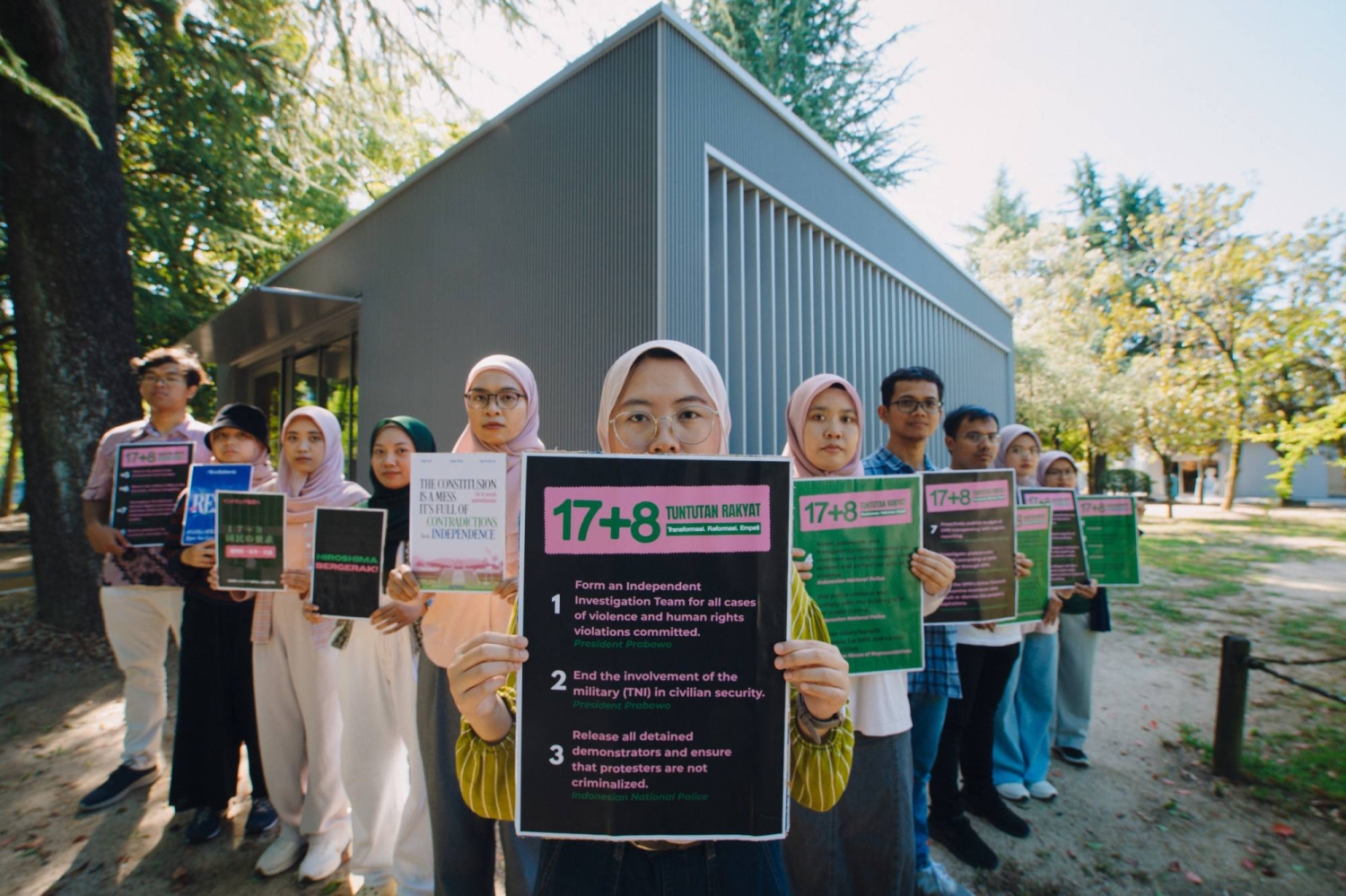

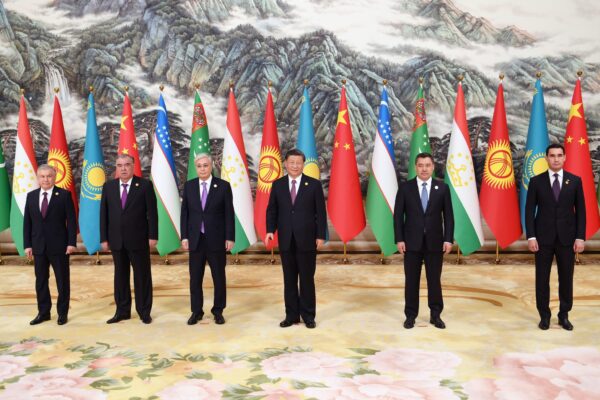

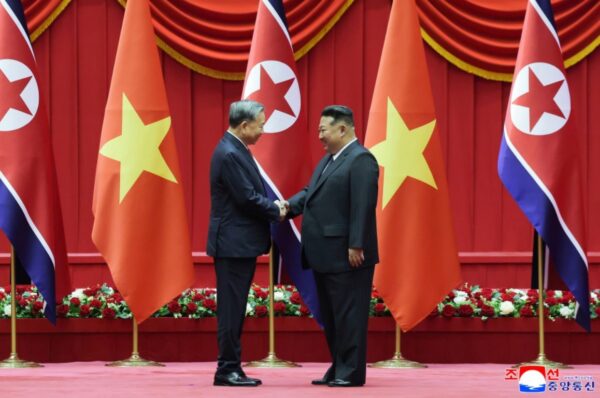




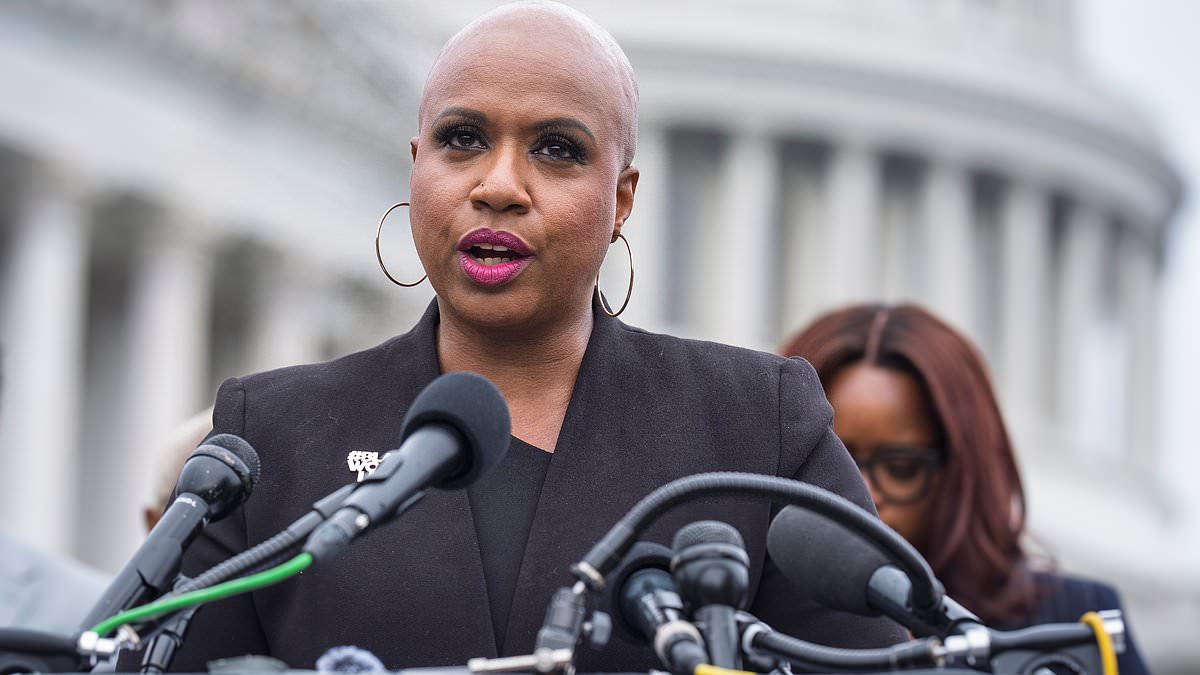


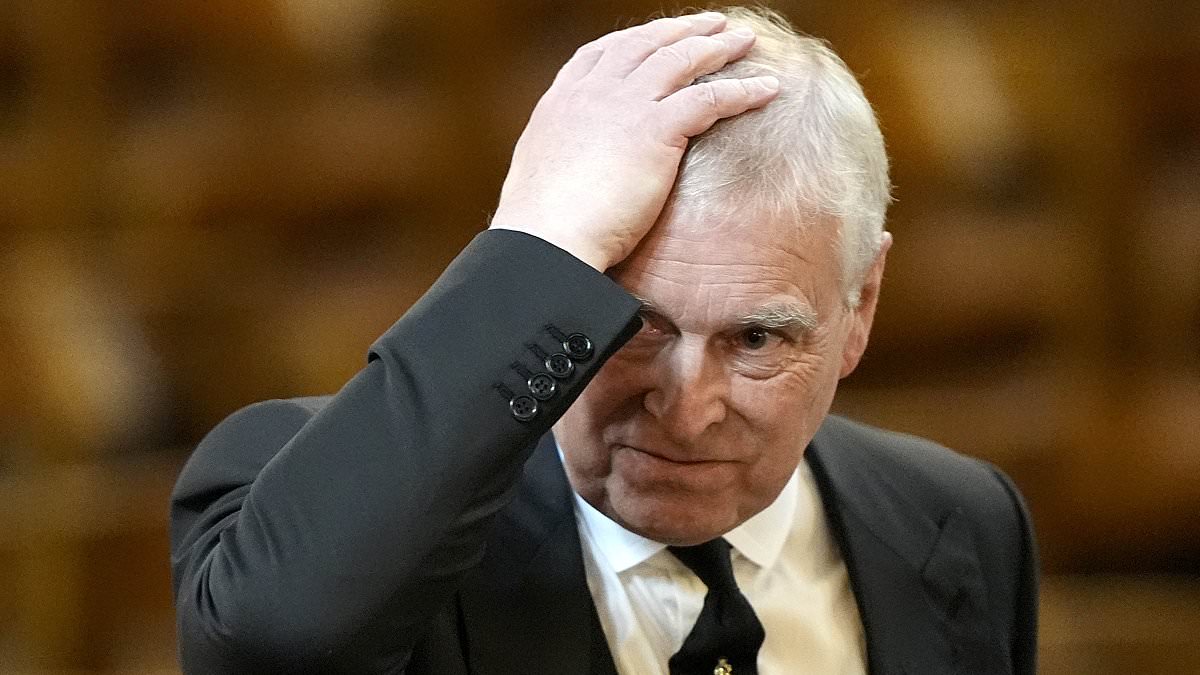









 English (US) ·
English (US) ·  French (CA) ·
French (CA) ·  French (FR) ·
French (FR) ·